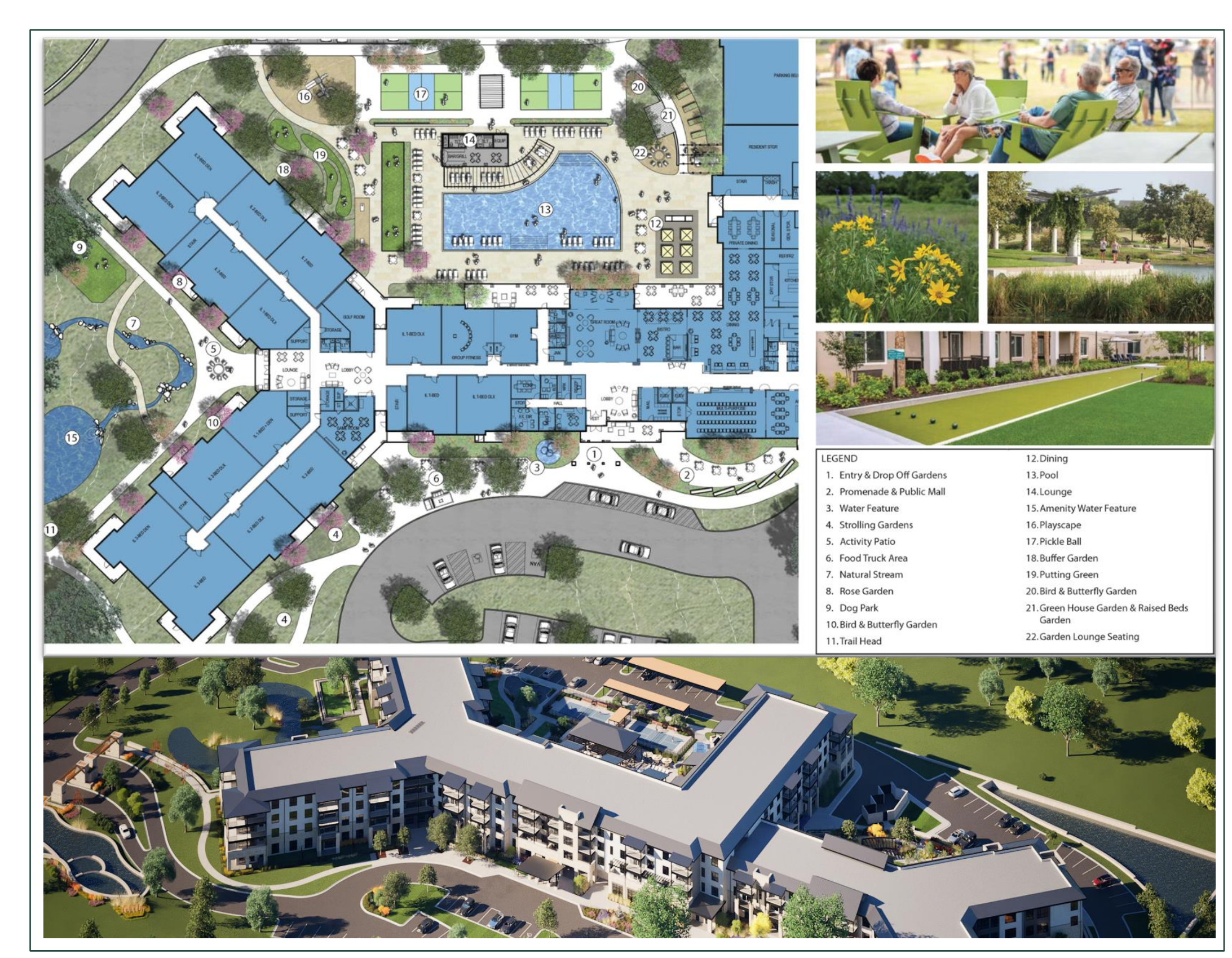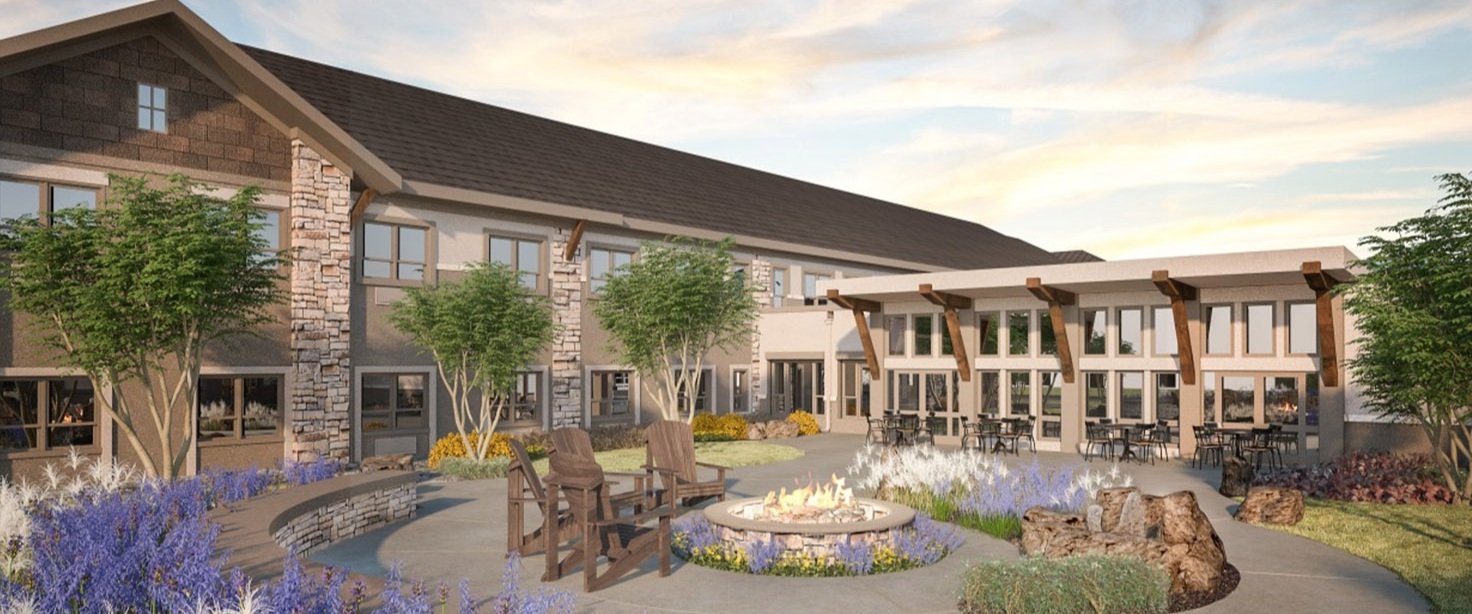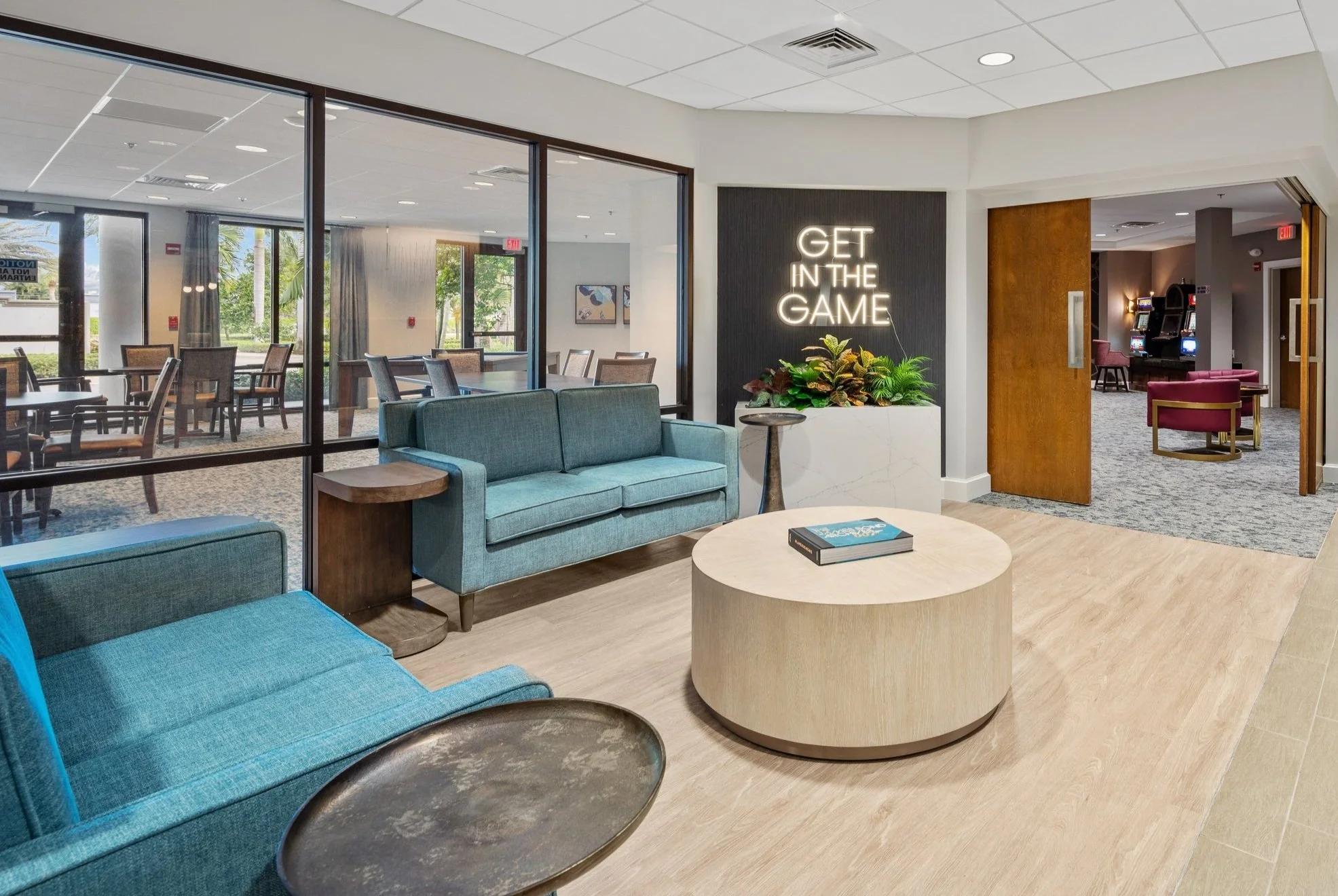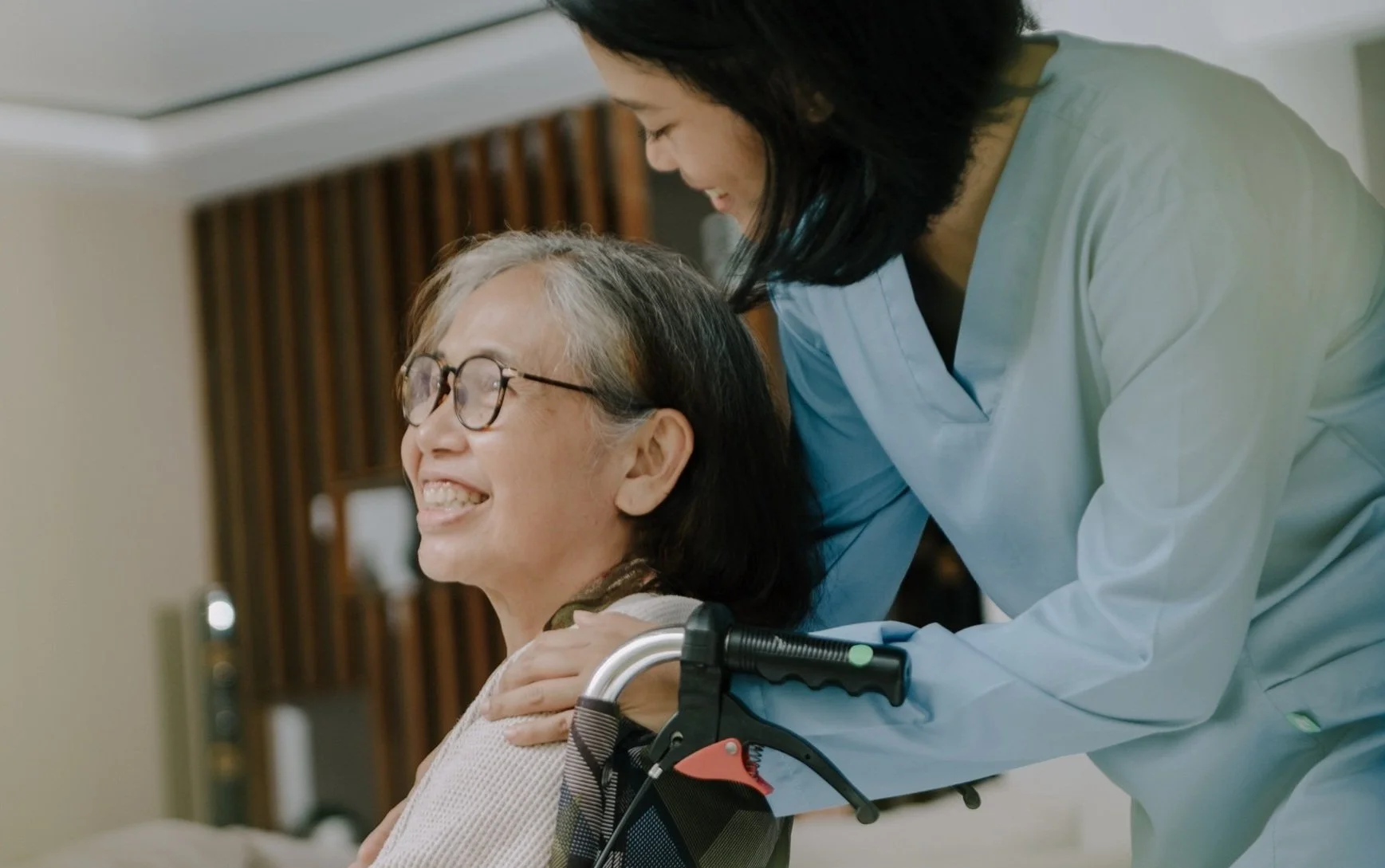With Stress, Anxiety on the Rise, Designing for Mental Health Is Sound Investment
Protecting the mental health of employees is a growing concern and challenge for senior living communities. The statistics about the need for this are startling. For instance, a federal emergency hotline for people in emotional distress reported a 1,000% increase in calls for April over the same time a year ago. Elsewhere, according to a recent national study, over half (55%) employees say they have little interest or pleasure in doing things since the COVID-19 crisis, and 41% say they feel burned out by work.
There is much you can do to help. Start by looking around at some design elements that can make a difference:
Keep workspace clean and free of clutter. Make sure that workers have cabinets, drawers, closets, and other spaces where they can store supplies, equipment, documents, and other items that can cause space to feel chaotic. Messy, disorganized spaces can stimulate the release of hormones that contribute to feelings of stress.
Allocate space to promote physical activity. For instance, have a single location for beverage machines to encourage staff to get up, move, and socialize with colleagues (as much as is safe). This is a simple design element that can help boost endorphins and increase collegiality.
Use natural and tactile materials (including wood and natural fibers) that encourage people to engage with their sense of touch, which can contribute to well-being. Of course, in the current environment, consider surfaces that are easy to wash, wipe down, and/or disinfect.
Create or make use of empty spaces for wellness suites and wellbeing-related activities. Consider renting out spaces to yoga studios, nutritionists, or other health/wellnesses-related businesses that staff can utilize free or at a discount.
Nurture biophilia, the idea that there is an instinctive bond between humans and outdoors surroundings. Incorporate live plants, water, and views of nature (such as parks, gardens, grassy areas) into the building. Natural building materials and artwork also can evoke nature. Elsewhere, outdoor walkways, patios, breezeways, and courtyards can enable workers to enjoy nature and fresh air throughout their workday.
Don’t forget natural light. Windows, clerestory, and skylights bring in light from outside which research shows improves mood and energy levels. In spaces where these elements aren’t possible, consider types of artificial lighting that mimics natural light. Circadian lighting systems are designed to tap into the body’s circadian rhythm and trigger wakefulness into workplace design.
Reduce sight and sound distractions. Consider wall and ceiling building materials to reduce sound and/or large decorative art pieces (made of fabrics, wood, etc.) that absorb sound. In open spaces, create nooks, partitions, booths, and other opportunities for workers to reduce visual distractions.
Of course, addressing mental health doesn’t end with design. Some other useful tools include:
Employee assistance programs (EAPs) and other benefits designed to address mental health. Promote these regularly to workers and encourage them to use them. Talk about mental health issues openly, reducing the stigma attached to them.
Technological advances that address mental health. There are counseling services available online and via phone. At the same time, there are a growing number of digital health products designed to address mental health. For instance, there are smartphone apps designed to encourage people to identify and report depressive symptoms. There also are wristbands and electronic badges that can measure vital signs, detect speech patterns, and identify sleep quality changes that are signs of stress or burnout.
Personal outreach and connections. Use video programs, email messages, live chats, and other means of keeping employees up to date on changes and developments that affect them. Encourage managers to check in regularly with their teams and find out about fears or concerns they have. Engage workers in problem-solving and innovation.
Addressing some of these issues can help your employees feel safe and enable them to focus on their work throughout this pandemic. However, even after this situation resolves, addressing mental health is always a sound investment. Let us help. Contact Pi Architects’ Interior Design Team for additional information.
Contact us here or call us at 512-231-1910













